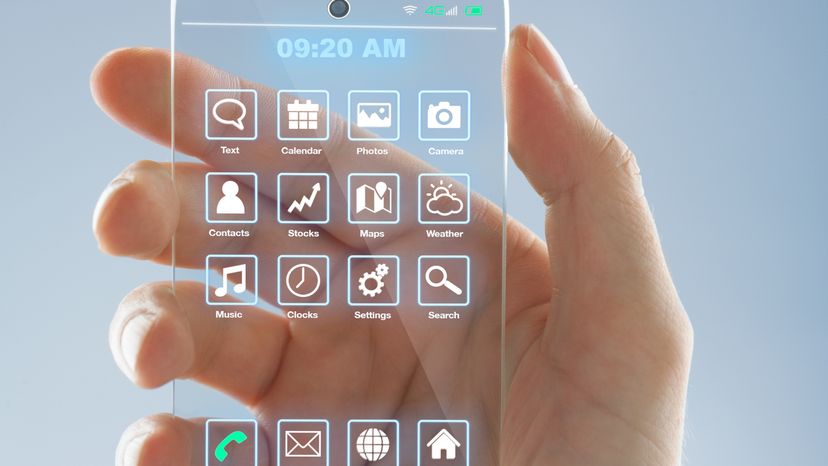While most current smartphone screens are capable of displaying a wide range of incredibly saturated colors, most of them don’t adapt too well to varying light conditions. Research and development is now pointing to photonic crystals as the answer to this limitation.
Instead of giving off bright light like LCD or OLED displays, a photonic crystal display features nanostructures that adapt and modify themselves according to the amount of ambient light in a given environment. Although the photonic screen requires an external light source in order to be visible, this could easily be integrated into the body of the phone just like it is in e-readers like the Kindle Paperwhite.
To give you an idea of how close this technology is to market, Apple and Google have been making some pretty big investments in photonics, and, back in 2013, Samsung had already demonstrated the concept of a flexible phone that utilized a photonic crystal display. Chances are we’ll start seeing these displays put into smartphones within the next few years.
